Traditional dental restorations require excessive removal of healthy tooth structure in order to restore the tooth. This weakens teeth and results in what experts in biomimetic dentistry call, “the tooth cycle of death”. This cycle ultimately results in failure and loss of a tooth. Through the use of advanced adhesive techniques, Biomimetic dentistry allows for maximum conservation of tooth structure. As a result, restorations last longer and teeth are retained throughout life.
Traditional Dentistry: Crowns and Silver Amalgam Fillings
The traditional approach to dentistry (silver fillings and crowns) requires excessive tooth preparation (removal of healthy tooth structure) in order to accommodate the minimum thickness of the restorative material. For instance, silver fillings need to be at least 1.5 mm thick in order to withstand chewing forces, and crown restorations typically require at least 1.5mm depending on the type of material used.
Furthermore, traditional dental restorations rely on “mechanical retention”, which means the shape and design of the tooth preparation is responsible for holding the restoration from coming out or falling out. This translates into further removal of healthy tooth structure in order to hold and secure the restoration in place. A tooth which will have crown placed needs to be reduced all around (360 degrees) in order to keep the crown from coming off.
In addition to these drawbacks, traditional restorations are not comparable to natural tooth biomechanics. Silver metal fillings (amalgam fillings) are metal alloys that are nothing like the enamel and dentin of the tooth. They do not restore the strength and biomechanics of natural teeth, so teeth that are restored with these fillings are not restored to their original strength. Even a very small cavity can result in over 40% reduction in strength and the silver filling does not restore the strength of this weakened tooth. Similarly, crown restorations which are made of porcelain fused to metal are extremely stiff and rigid. A natural tooth has just the right amount of stiffness and flex from the fusion of enamel and dentin. With a stiff or rigid restoration, it is no surprise that crowns often fail catastrophically by fracturing at the gumline.
The Tooth Cycle of Death in Dentistry
The Tooth Cycle of Death describes the typical scenario which occurs with the traditional dental approach:
-
A small cavity is detected, requiring a filling.
-
A silver filling is placed but additional healthy tooth structure is removed to accommodate the requirements for the silver filling. The tooth is significantly weakend.If a biomimetic restoration were placed, maximum tooth structure could have been conserved.
-
The structurally compromised tooth is stressed from normal forces and cracks begin to form. Eventually, a section of the tooth fractures.
-
The minimum requirements of a crown can not be met with the remaining tooth structure. The tooth will need a root canal, post, and core to allow for adequate retention of the crown.
-
The root canal, post, and core are completed but the tooth is no longer vital.All this is required in order to keep the crown in place, otherwise it would keep coming off. With a biomimetic restoration, adhesive dentistry would have prevented the necessity for root canal, post, and core because adhesion would keep the restoration from coming off with a strong natural bond.
-
The final crown is placed and the resulting complex is extremely stiff and rigid, nothing like the biomechanics of a natural tooth.
-
The stiffness of the tooth results in destructive forces to be transmitted to the root structure of the tooth and below the crown. Ultimately, this results in root fracture of the tooth and the tooth is no longer saveable.
-
The tooth is extracted and an implant restoration is the final treatment option. The cycle could have been prevented with Biomimetic Dentistry.
Biomimetic Dentistry Can Prevent the Tooth Cycle of Death
Advances in adhesive dentistry, combined with biomimetic dentistry techniques allow for maximum preservation of healthy tooth structure. Only the damaged and decayed portions of your teeth need to be removed. The minimum thickness of a biomimetic restoration does not require removal of healthy toot structure. The adhesive bond formed by a Biomimetic Restoration eliminates the necessity for mechanical retention and the resulting excessive tooth preparations. With Biomimetic dentistry, we are able to maximize the bonds strength of our restorations to tooth structure to the same level that your natural enamel is connected to your natural dentin (51.5 MPa). This means that our restorative materials and techniques can closely match the properties and biomechanics of natural teeth.
Biomimetic Dentistry is the answer to the problems and failures which are so common with traditional dental restorations.
Our doctors are experts in Biomimetic Dentistry
Dr. Nejad teaches biomimetic dentistry around the world with lectures and hands-on training programs. He was trained by the father of biomimetic dentistry, Dr. Pascal Magne. Dr. Nejad teaches with Dr. Magne and conduct research in Biomimetic Dentistry to advance the field and improve the quality of dental restorations we provide for our patients.

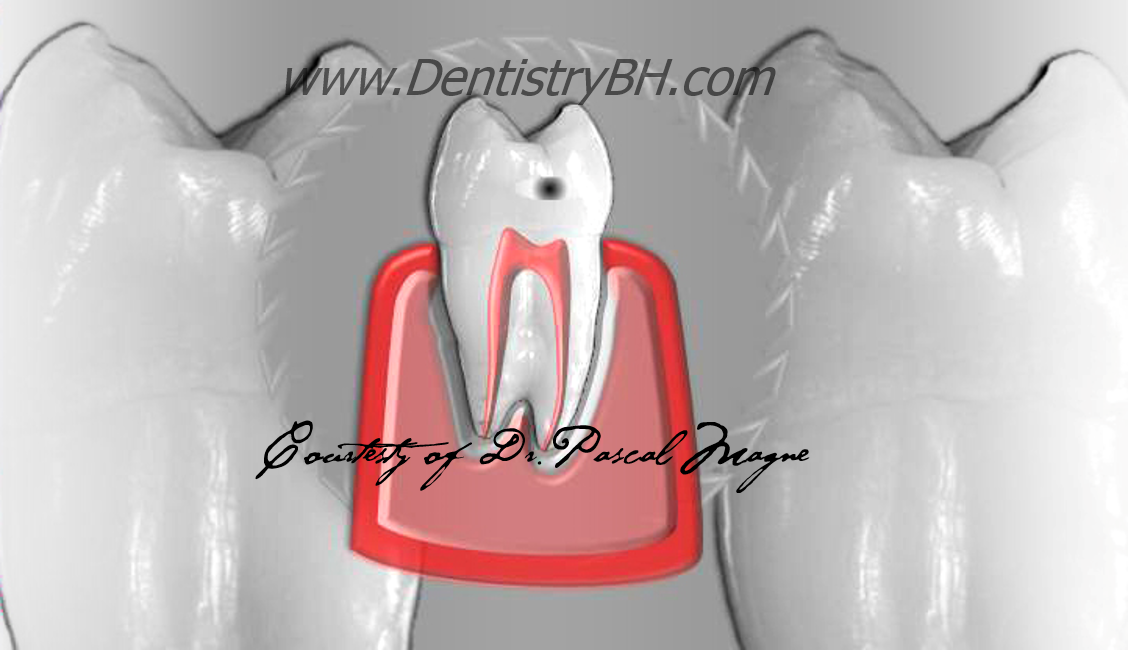
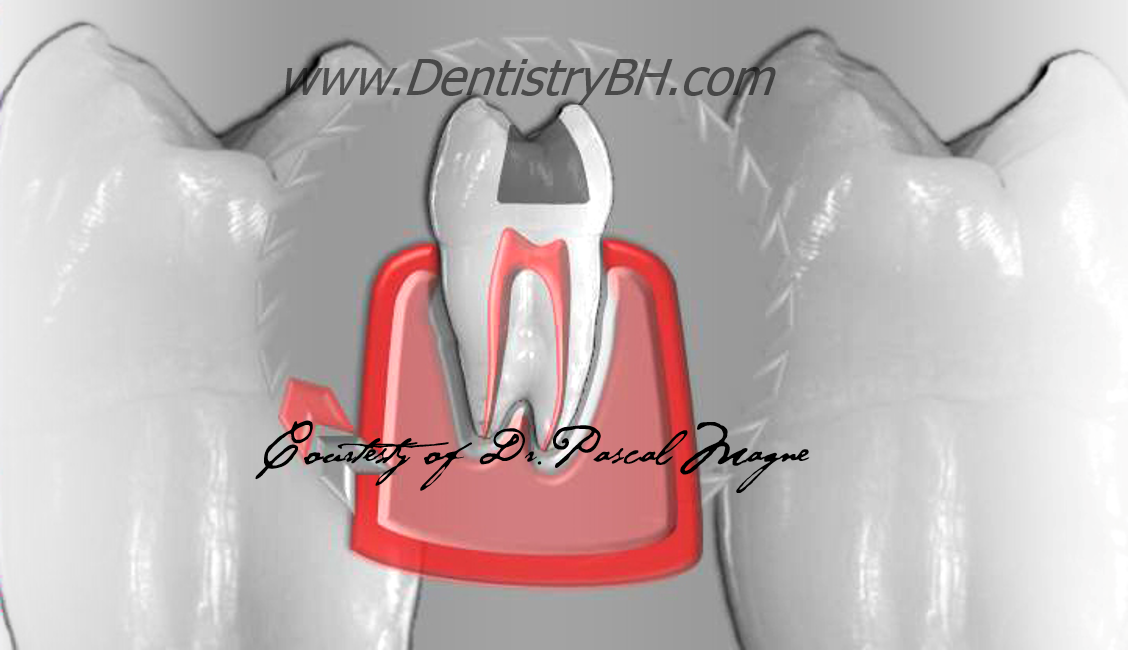
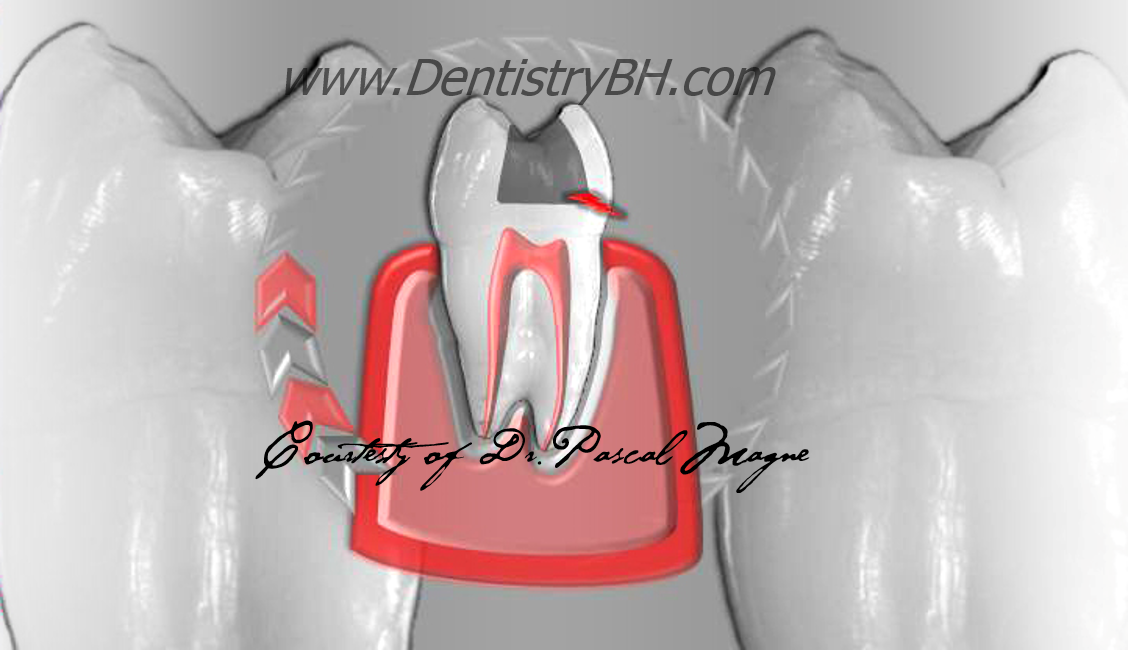
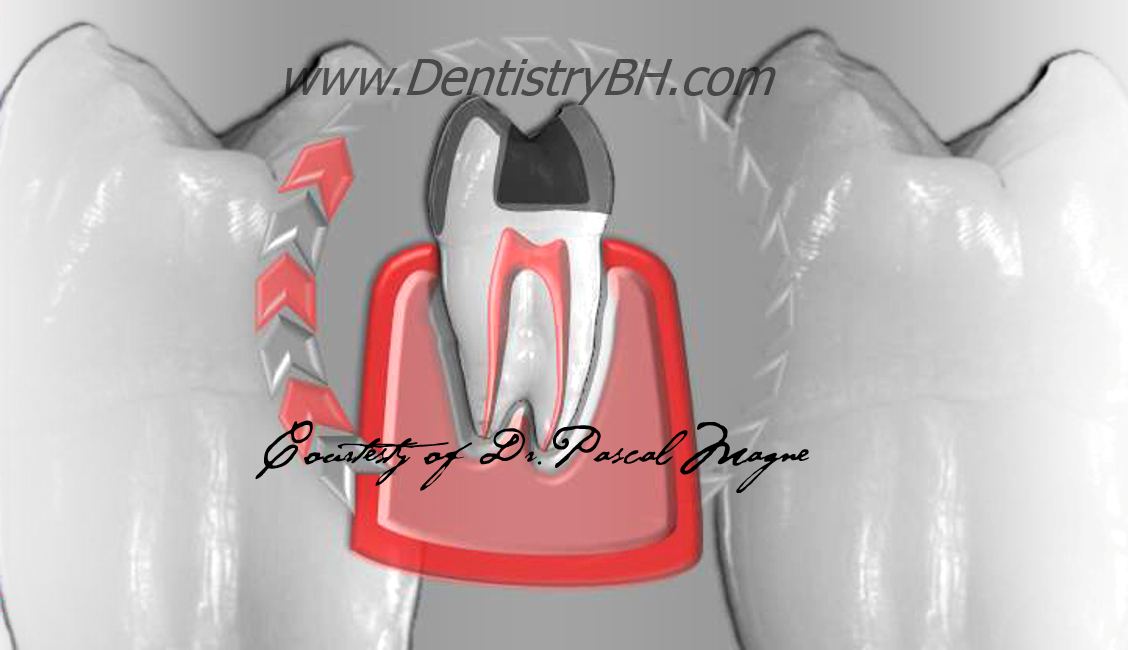
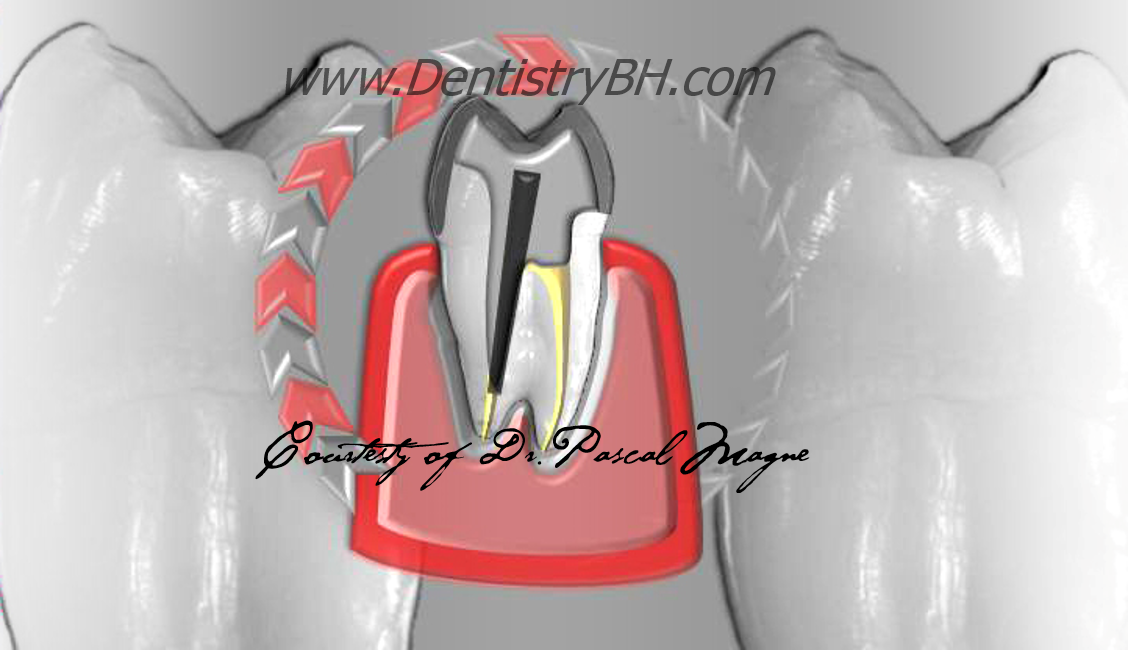
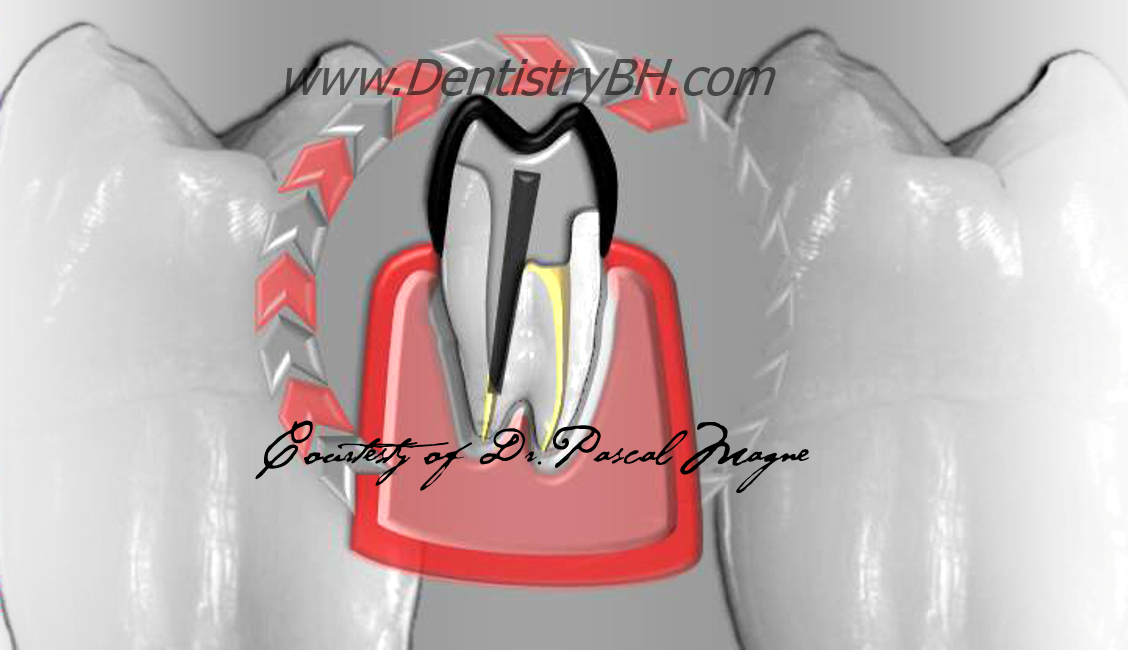
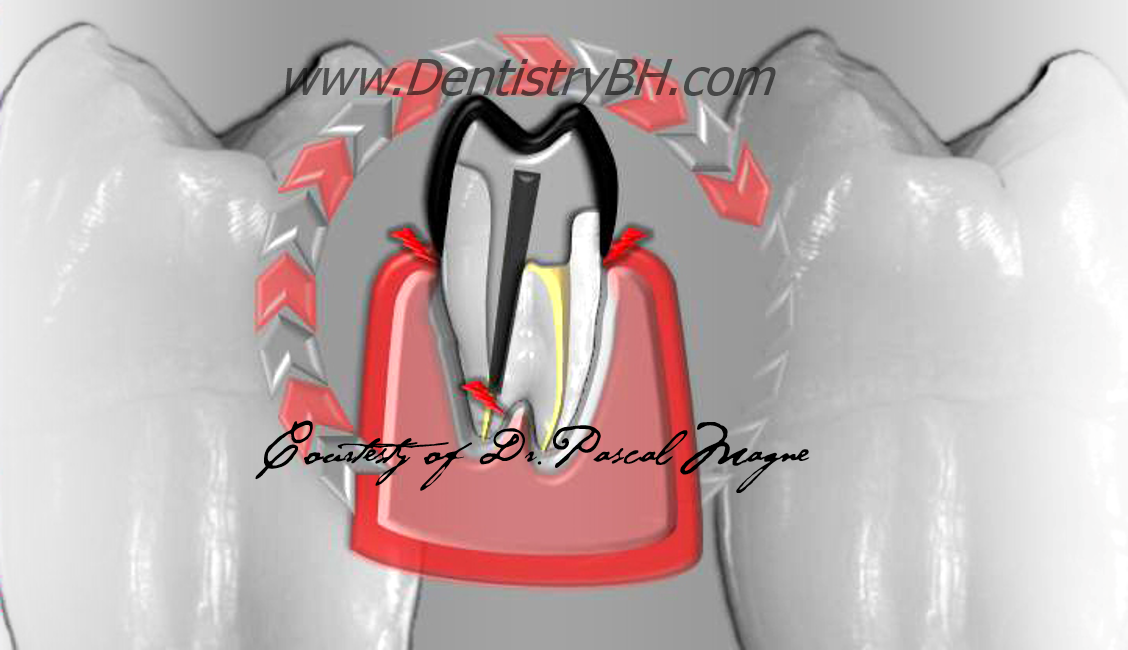
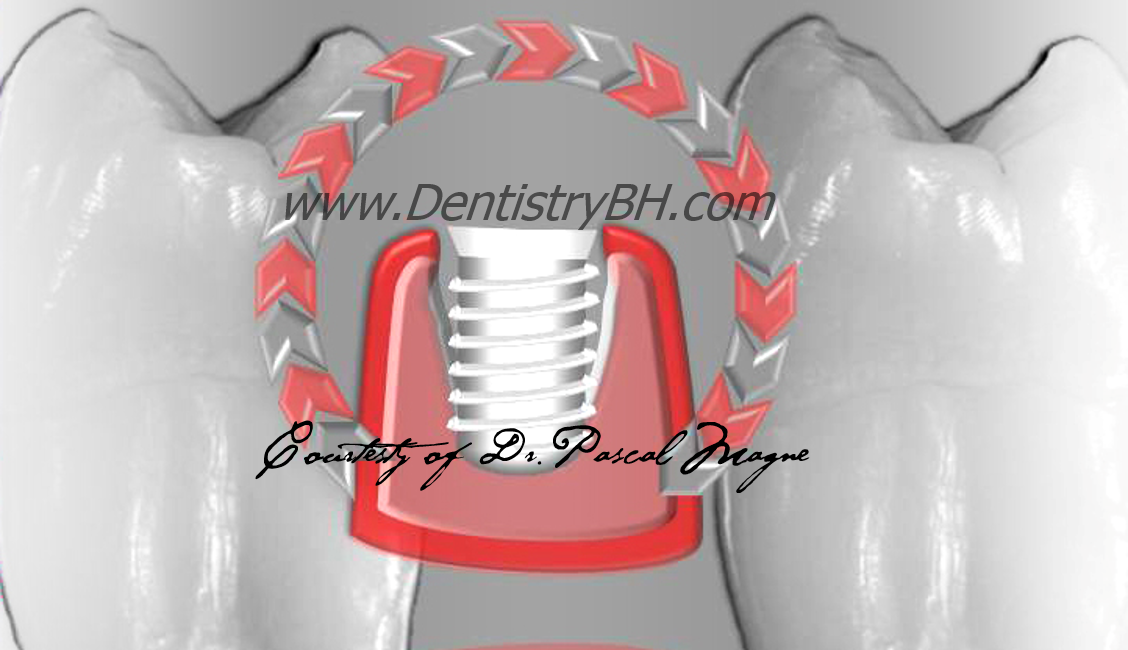
Leave a Reply